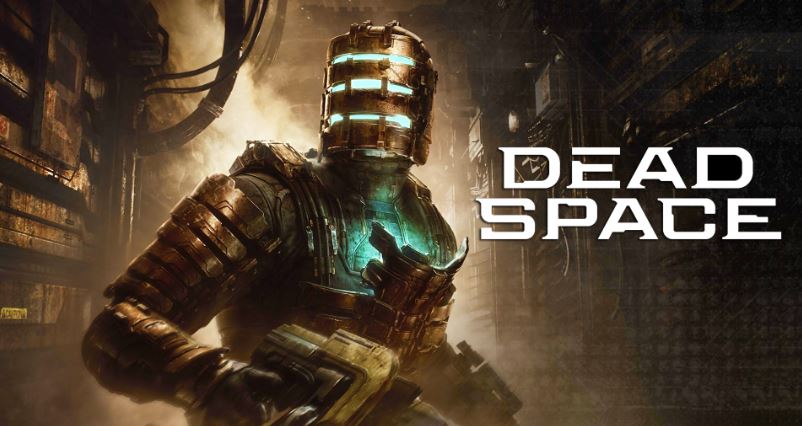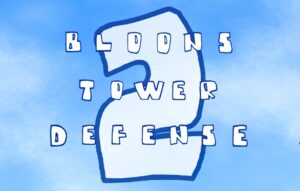This is a survival horror third-person shooter that immerses players in a chilling sci-fi universe filled with atmospheric dread and relentless horror.
Developed by EA Redwood Shores (later Visceral Games) and published by Electronic Arts, the Dead Space set new standards in horror gaming when it debuted in 2008. Combining tight controls, haunting sound design, and an unforgettable setting, it quickly became a cult favorite.
As Isaac Clarke, players navigate the derelict spaceship USG Ishimura while facing off against grotesque creatures known as Necromorphs. With limited resources and no HUD on screen, survival depends on sharp reflexes and nerve-racking precision.
File size
Development and Release of Dead Space
It was officially released on October 13, 2008, for PlayStation 3, Xbox 360, and PC. The game was developed by EA Redwood Shores, a team previously known for less intense titles, which made their sudden pivot to horror especially impressive. It was later rebranded as Visceral Games following the game’s success.
Thus, loved the experience of Dead Space? Get ready to explore more with Dead Space 3, a game that takes the fun to new heights.
Built using a modified version of the Godfather game engine, Dead Space focused on delivering immersive horror through atmosphere and sound, instead of relying solely on jump scares. Its critical acclaim led to two sequels, spinoffs, novels, and even an animated film.
Storyline and Setting of Dead Space
Set in the year 2508, the story follows Isaac Clarke, an engineer sent to repair the mining ship USG Ishimura after communications are mysteriously lost. Upon arrival, it becomes clear that the ship is overrun by monstrous alien beings known as Necromorphs reanimated corpses created by an alien artifact called the Marker.
The game takes place entirely aboard the Ishimura, which is rendered in gritty detail. From dimly lit hallways to blood-smeared walls, every inch of the ship contributes to the oppressive atmosphere.
As Isaac searches for survivors and uncovers the terrifying truth, players are drawn deeper into a psychological and physical horror experience.
Game Modes in Dead Space
This game is primarily a single-player experience, with the following core mode:
- Single-Player Campaign: A linear narrative-driven mode where players explore the Ishimura, solve environmental puzzles, manage scarce resources, and fight to survive waves of Necromorphs.
- New Game+: Once completed, players can start the game again with all previously acquired upgrades and gear making it easier to explore harder difficulties.
Though the original game didn’t include multiplayer, its sequels later experimented with co-op and competitive features.
Gameplay Mechanics in Dead Space
This introduced a number of innovative gameplay elements that redefined the survival horror genre:
- Strategic Dismemberment: Instead of headshots, players must sever limbs to neutralize enemies effectively. Each enemy type reacts differently depending on how it’s damaged.
- Diegetic HUD: All game information health, ammo, objectives appears on Isaac’s suit and weapons, maintaining immersion and tension.
- Zero Gravity and Vacuum Zones: Certain parts of the ship have no gravity or oxygen, forcing players to think fast and manage time carefully.
- Workbench and Upgrade System: Players can upgrade weapons, suits, and stasis modules using Power Nodes found throughout the game.
More, looking for more excitement after this game? Step into Granny for a similar journey filled with new thrills and challenges.
Beginner Tips and Tricks
Here are some quick pointers for newcomers stepping into the horrors of the Ishimura:
- Aim for the Limbs: Necromorphs won’t go down with headshots focus on cutting off arms and legs to stop them quickly.
- Use Stasis and Kinesis: Freeze fast-moving enemies or grab distant objects to solve puzzles and save ammo.
- Conserve Ammo: Every bullet counts. Use weaker weapons like the Plasma Cutter efficiently and avoid spraying shots.
- Save Often: Use save stations when available; some sections of the game can be brutally unforgiving.
- Explore Thoroughly: Look for hidden lockers, wall crates, and audio logs for lore and helpful resources.
Few Important Features of Dead Space
This game stands out due to its distinct design and polished horror elements, offering a deeply immersive and unsettling experience from start to finish:
1) Atmospheric Horror
The game masterfully uses its environment to evoke constant fear. Flickering lights, echoing footsteps, sudden silence, and unsettling sounds from the ventilation systems build a relentless sense of dread.
Players never know when or where an enemy will strike, making every hallway feel like a potential death trap. This psychological tension heightens the game’s suspense at every turn.
2) Innovative HUD System
Instead of cluttering the screen with traditional health bars and ammo counters, Dead Space integrates its HUD into protagonist Isaac’s suit.
His health appears on a glowing spine indicator, while weapon ammo displays holographically during aiming. This clever design choice keeps the screen clean and the immersion intact, enhancing the feeling of being isolated in space.
3) Plasma Cutter Mastery
The Plasma Cutter, initially a mining tool, becomes your most reliable weapon. Its ability to switch firing modes and precisely sever enemy limbs makes it both versatile and satisfying to use.
Players who master its mechanics can conserve ammo and dispatch threats efficiently. This mechanic reinforces the game’s focus on strategic dismemberment over simple gunplay.
4) Terrifying Enemy Design
The Necromorphs aren’t just monsters they’re former humans twisted into horrific shapes. Their unpredictable movements, grotesque anatomy, and violent behavior create truly unsettling encounters. Designed by experts with backgrounds in creature effects, these enemies feel disturbingly lifelike. Their presence turns even the quietest moments into nerve-wracking experiences.
5) Deep Lore and Storytelling
This game tells its story through more than just cutscenes. Players find audio logs, text messages, and environmental clues that reveal the fate of the USG Ishimura’s crew and the mystery behind the alien Marker.
This layered approach to narrative invites players to piece together the horror themselves, creating a richer and more engaging story.
Advanced Combat Techniques
Once you’ve survived the basics, use these strategies to stay alive longer:
- Quick Stasis and Shoot: Use stasis to slow fast enemies, then dismember them methodically without wasting ammo.
- Upgrade Wisely: Focus on increasing damage and capacity for your main weapon first, followed by suit health and air supply.
- Environmental Kills: Use sharp objects or explosive canisters with Kinesis to conserve bullets and take out multiple enemies.
- Watch the Ceiling and Floor: Enemies can emerge from anywhere use corners wisely and never feel too safe.
- Crowd Control: Weapons like the Line Gun or Ripper are ideal for handling groups equip them for tight spaces.
Why Dead Space Stands Out
This is a masterclass in environmental storytelling and survival horror. What makes it truly stand out is its balance between atmospheric dread and strategic gameplay. The game doesn’t rely on cheap scares; it builds tension through isolation, scarcity, and intelligent level design.
From the seamless UI to the haunting soundscape, everything in Dead Space serves to pull the player deeper into its chilling world. It remains a cornerstone in horror gaming, often cited as one of the scariest and most well-designed horror games of all time.
System Requirements
To play this game on PC, ensure your system meets the following minimum requirements:
- OS: Windows XP/Vista
- Processor: 2.8 GHz or equivalent
- Memory: 1 GB RAM (XP), 2 GB RAM (Vista)
- Graphics: 256 MB video card (GeForce 6800 or better)
- DirectX: Version 9.0c
- Storage: 7.5 GB available space
Dead Space remains an unforgettable horror experience. Whether you’re returning to revisit the Ishimura or stepping aboard for the first time, its compelling design, creepy setting, and intense combat continue to captivate and terrify players worldwide.










